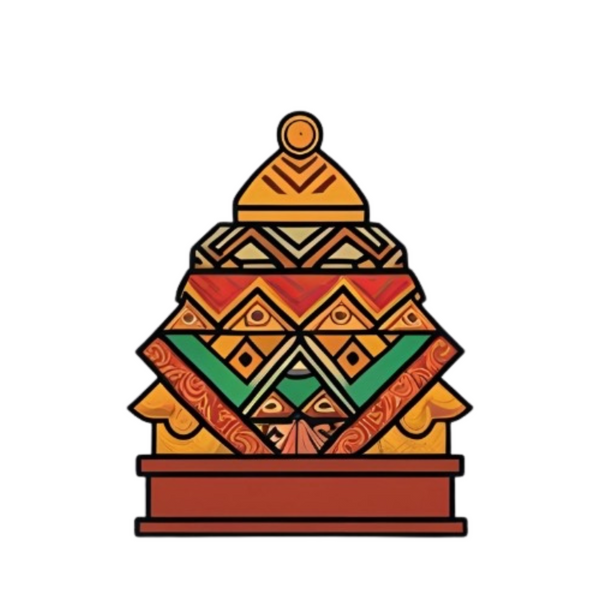
Traces of the Guru: The Sacred Imprints of Padmasambhava in Himalayan Caves
Share
Hidden in the remote valleys of Tibet, Nepal, and Bhutan are ancient caves that hold the still-living presence of one of Vajrayana Buddhism’s most revered masters—Padmasambhava, or Guru Rinpoche, the Lotus-Born. Among the most mystical features of these caves are the physical imprints said to have been left by the master himself—handprints, footprints, even full body impressions in solid rock.
But what are these imprints? Are they symbolic, or truly physical? And why have generations of pilgrims risked mountain passes and harsh weather just to lay eyes on them?
⸻
🕉️ What Are Guru Rinpoche’s Imprints?
In Tibetan Buddhism, certain caves are believed to bear “rangjung” (རང་བྱུང་)—self-arising imprints. These are not carved by hand or etched with tools, but believed to have formed spontaneously through the realization and spiritual power of fully awakened beings.
Guru Rinpoche, having attained full enlightenment and mastery over all elements, is said to have left these marks not through pressure of the body, but through his subtle energy—blessing the site for future generations.
⸻
🕍 Famous Caves with Imprints
Here are some of the most well-known sites bearing such sacred traces:
1. Paro Taktsang (Tiger’s Nest), Bhutan
• Perhaps the most iconic site associated with Guru Rinpoche.
• Said to have flown here on the back of a tigress and meditated in the cave.
• The inner sanctum is said to contain a body imprint on the rock where he sat in deep samadhi.
2. Asura Cave, Pharping, Nepal
• Site of Guru Rinpoche’s attainment of Mahamudra realization.
• A handprint and forehead imprint are visible inside.
• Pilgrims come here to receive blessings of realization and remove inner obstacles.
3. Chimpu Caves, near Samye, Tibet
• Padmasambhava taught his 25 disciples here.
• Elbow imprints and sitting marks remain embedded in the rock.
4. Ogyen Dzong / Okar Dzong (possible “Ocarve”)
• This lesser-known site, whose name may be distorted as “Ocarve,” is also linked to the guru.
• Locals believe a miraculous self-arising footprint appears on the cave floor.
• Pilgrims report visions, dreams, and deep meditation experiences here.
⸻
✨ Why These Imprints Matter
These impressions are more than geological oddities—they are spiritual catalysts. To the faithful, they represent:
• Proof of presence: Signs that the guru truly walked and meditated there.
• Transmission sites: Physical locations where blessings continue to radiate.
• Pilgrimage goals: Destinations for devotion, reflection, and realization.
Practitioners often prostrate, make offerings, and sit silently before these marks, believing that the blessings are still active, like a current running through time.
⸻
🧘♂️ Not Just History—Living Blessings
Even today, seekers say they feel something shift within them when standing before these sacred imprints. Whether literal or symbolic, these traces serve their purpose: to awaken devotion, to connect practitioner and lineage, and to remind us that realization leaves a mark—sometimes even on stone.
